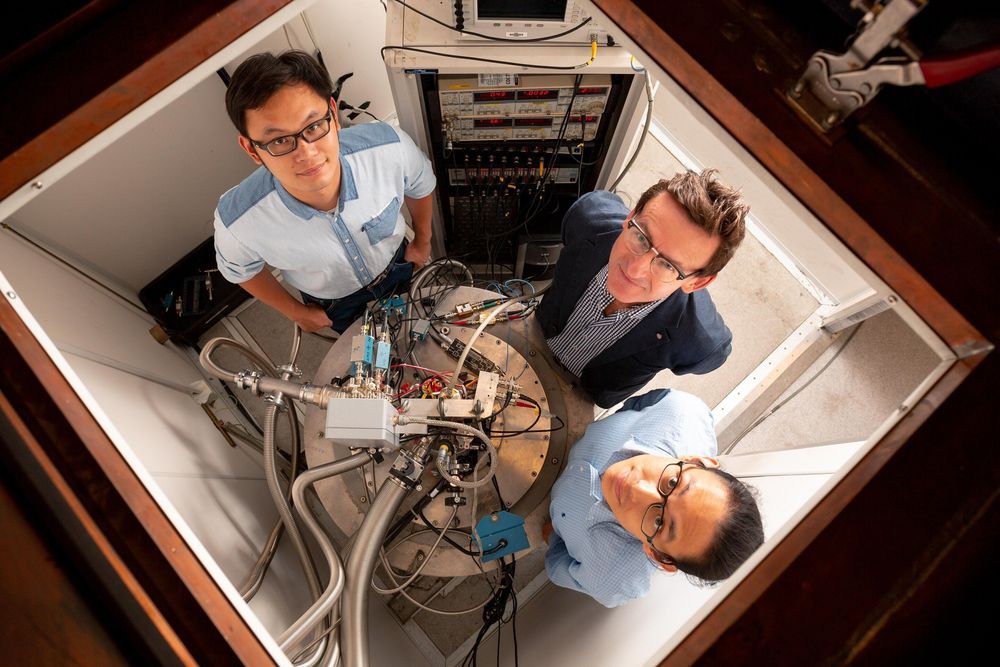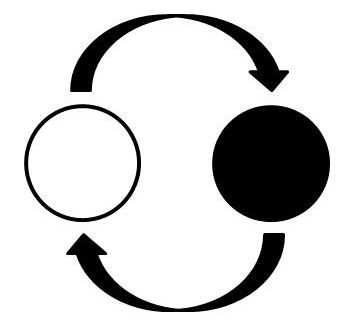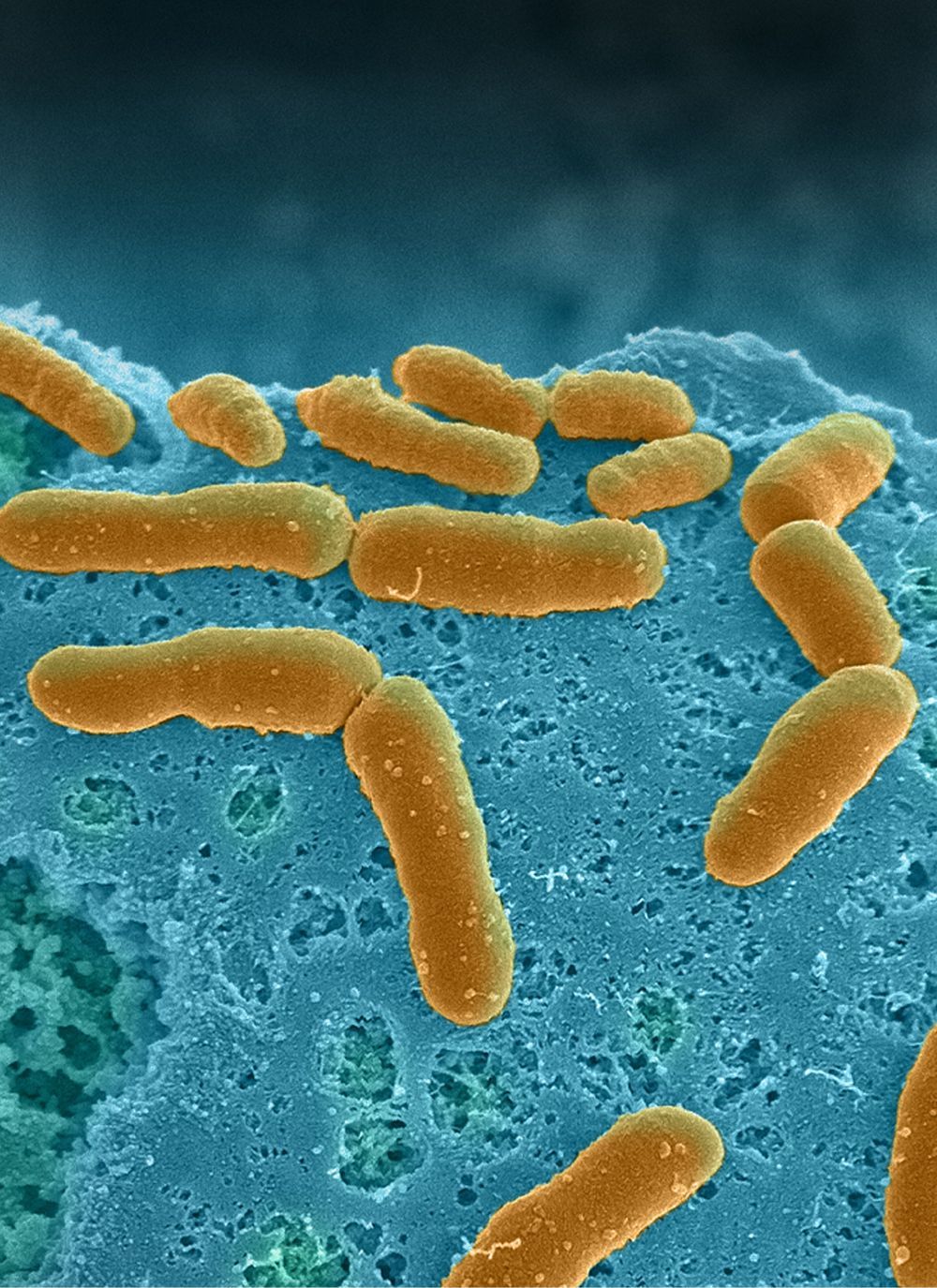As cancer cells respond to cues in their microenvironment, they can enter a highly plastic state in which they are susceptible to transdifferentiation into a different type of cell. Researchers at the University of Basel in Switzerland exploited this critical phase, known as an epithelial-mesenchymal transition (EMT), to coax breast cancer cells in mice to turn into harmless fat cells. The proof-of-concept study appears January 14 in the journal Cancer Cell.
“The breast cancer cells that underwent an EMT not only differentiated into fat cells, but also completely stopped proliferating,” says first author Gerhard Christofori, professor of biochemistry at the University of Basel. What’s more, the primary tumor did not metastasize. “As far as we can tell from long-term culture experiments, the cancer cells-turned-fat cells remain fat cells and do not revert back to breast cancer cells,” he says.
Epithelial cells undergoing EMT regress from terminally differentiated cells to a more immature state reminiscent of stem cells. EMT is essential for embryonic development, during which stem cells differentiate into a variety of cell types throughout the body, and for tissue regeneration such as wound healing. EMT and the inverse process, mesenchymal-epithelial transition (MET), are implicated in cancer’s ability to metastasize.






